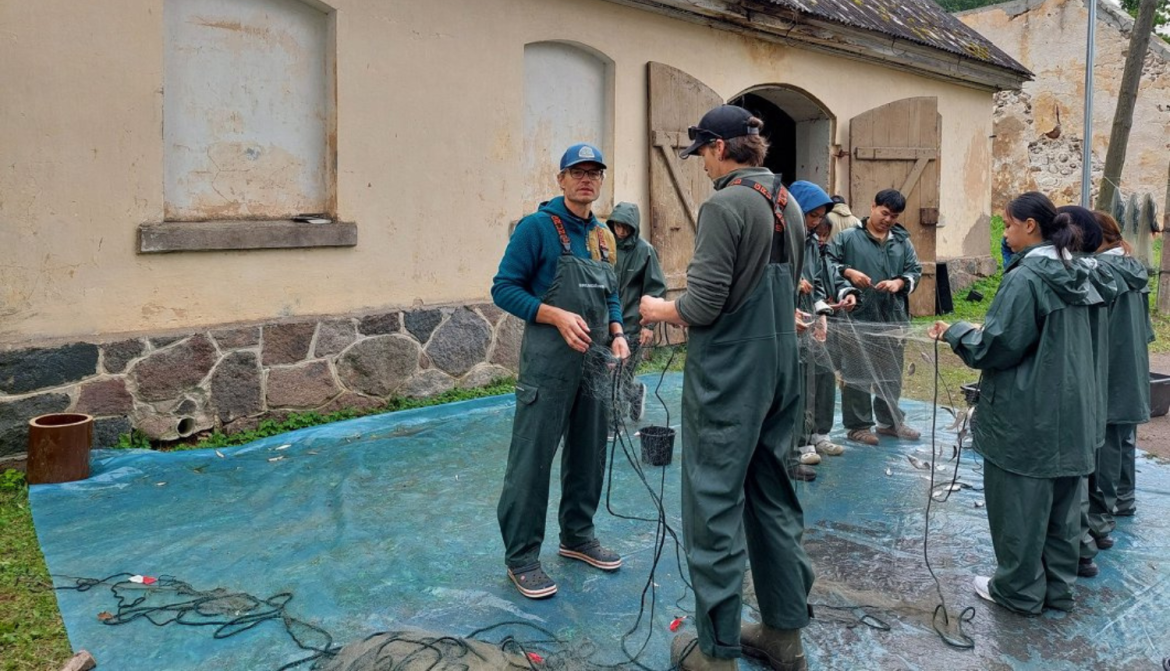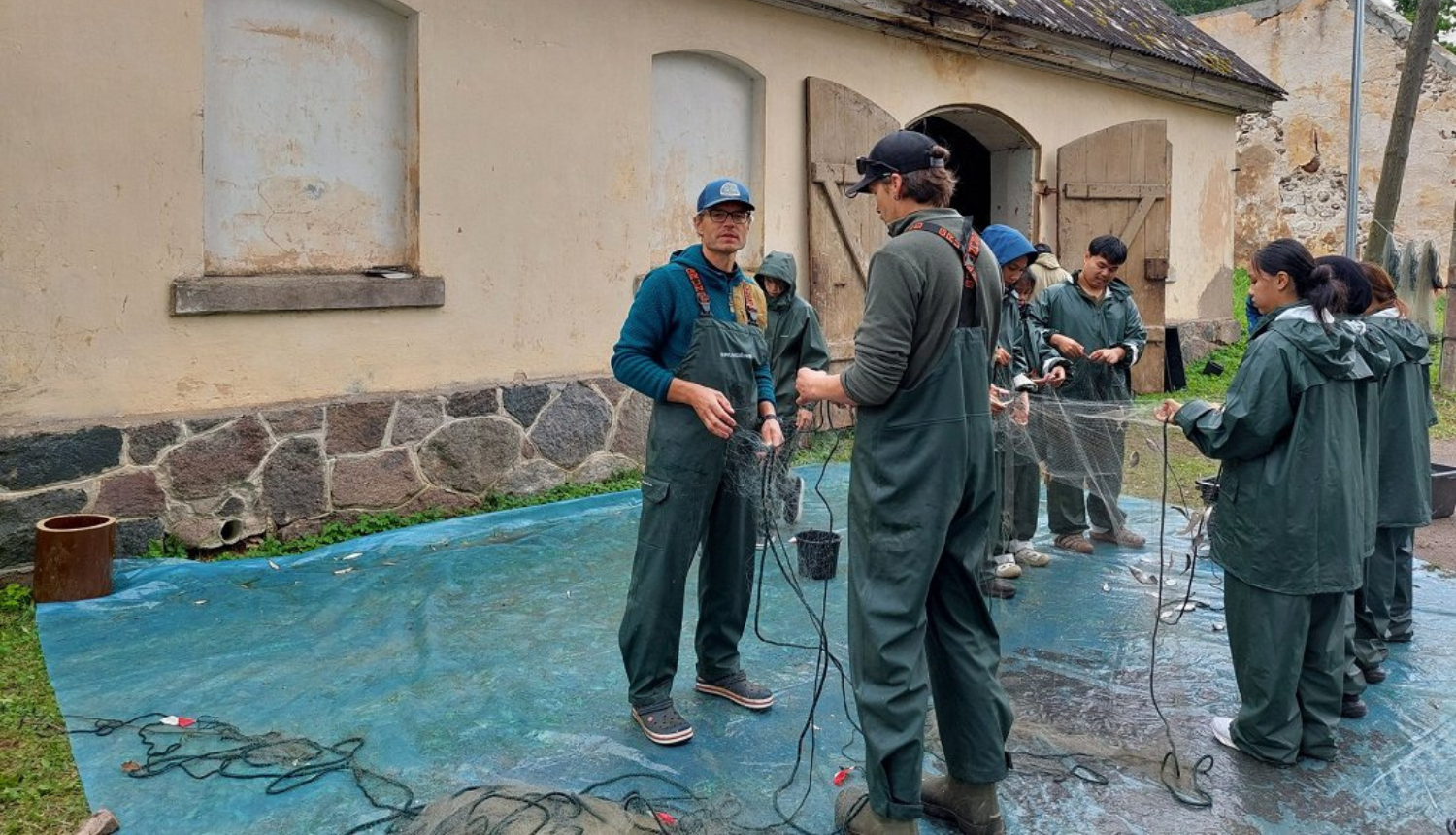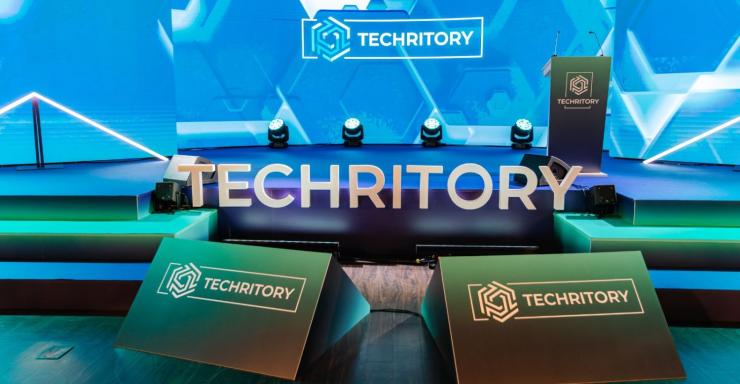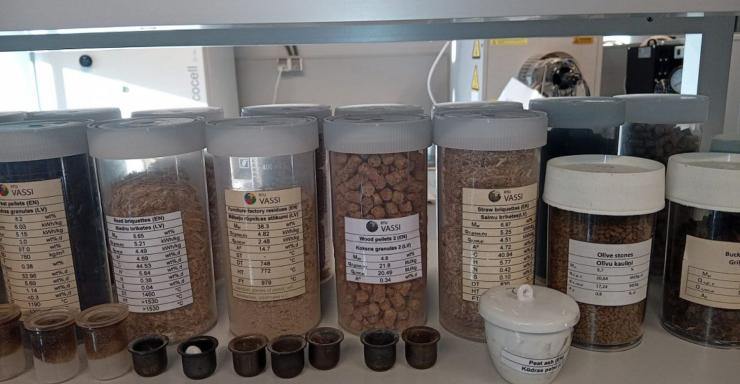What is the current state of fish resources and the ecosystem in Lake Burtnieks? This will be clarified through data analysis following the recently conducted scientific fishing in the lake. These studies will form the basis for future decisions by Valmiera Municipality on the management of Lake Burtnieks and its surrounding areas. So, what are the researchers’ first conclusions?

To obtain a comprehensive understanding of the lake’s fish resources, researchers deployed nets in various parts of the lake, utilising nets with varying mesh sizes to capture fish of different sizes and ages. According to Matīss Žagars, lead researcher at SIA Saldūdeņu risinājumi, the last scientific fishing in Lake Burtnieks was carried out five years ago.
“The goal of scientific fishing is similar to how we periodically check our own health - it is like a regular blood test to see what condition the lake is in, from both an ecological and management perspective,” explained Žagars.
Three years ago, Valmiera Municipality introduced restrictions on commercial fishing, reducing both the number of nets and the allowed catch for pikeperch and pike.
According to Evija Ozola, senior environmental specialist at the municipality’s Natural Resources Department, this study aims to determine the impact of these restrictions on fish resources partially and to assess the overall effectiveness of management efforts in the lake.
“We cut fishing limits in half, introduced additional restrictions for anglers, and cleared spawning sites each year. These are small steps, but together they can have quite a significant impact. Looking ahead, the commercial fishing rights contracts will expire at the end of next year, and a new angling regulation will need to be adopted the year after. So, as we prepare for these decisions, we are gathering scientific data to understand what has changed in the lake over the last five years - this will serve as the basis for deciding what to adjust,” explained Ozola.
The fish caught are identified by species, measured, and weighed. This work is currently being carried out by SIA Saldūdeņu risinājumi research assistants Kārlis Dieviņš and Anna Luīze Eglīte.
“We sort the fish by species,” said Eglīte. “Then we will also determine their age and take stomach samples. There’s much work - much fish and many data to collect,” added Dieviņš.
Asked which fish are currently most common in Lake Burtnieks, Eglīte replied: “Perch, pikeperch, roach, and also ruffe and bream.”
But what about pikeperch and pike - the fish everyone is interested in?
“There are relatively many pikeperch, including some measuring 72 and 74 cm - those were the biggest ones - and there are quite a few in the 40–50 cm range,” said Eglīte.
Pikeperch is considered the main treasure of Lake Burtnieks, and both Žagars and Ozola stressed that there is no reason to worry about declining numbers.
“In my opinion, there are more predators now, and most importantly, the initial impression is that pikeperch are doing even better than they were five years ago,” said Žagars. “It’s good that there are fish of different age groups, and we hope that in the near future there will be no complaints about pikeperch disappearing from Lake Burtnieks,” added Ozola.
So, what are the initial conclusions after five days of scientific fishing? Žagars said the overall picture is positive.
“The first conclusion is that it’s a pleasure to see - Lake Burtnieks is one of the lakes in Latvia that is being well managed. Starting with effective control that prevents poaching and ending with the fact that anglers and commercial fishers coexist successfully. Ten years ago, when my team first came here, that was not the case - there were serious conflicts. From an ecological perspective, the lake is in excellent condition, with a diverse array of predators. That’s important for a simple reason - if there are wolves in the forest, the deer population is kept in check, and in the same way, the amount of ‘white fish’ here is regulated. Fishing has been significantly restricted, and I’d say that the level of fishing in the lake is healthy - it is definitely not excessive. What has happened, in my opinion, is that people have become more responsible, environmental awareness has grown, people are more honest, and more anglers are releasing fish back into the lake,” said Žagars.
To assess fish resources more accurately, researchers also collect data on catches from commercial fishers and anglers. However, according to Ozola, anglers sometimes fail to report their catches.
“One of the issues is with license reporting - it’s easy just to click that you didn’t catch anything, even though catches are there. This provides us with incorrect data and can lead to incorrect conclusions. But as for what’s happening in the lake itself - right now it looks like we are moving in the right direction,” said Ozola.
After the analysis of the scientific fishing results, the collected data will be used to make decisions about commercial fishing limits and angling regulations for the lake..


